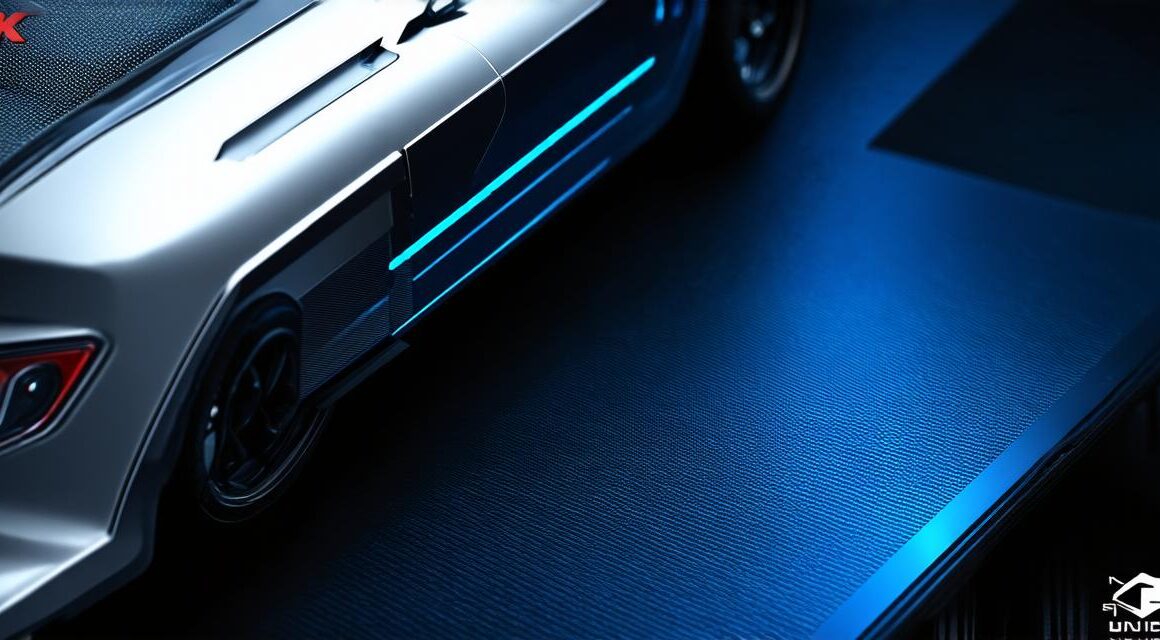Unity is one of the most popular game engines in the world, and it’s not hard to see why. With its powerful tools and intuitive interface, it’s a great choice for both beginners and experienced game developers alike.
However, even with all its features, there are still some tasks that can be time-consuming and frustrating, like importing 3D models into your game.
Choosing the Right File Format
Before you can import a 3D model into Unity, you need to make sure it’s in the right format. Unity supports several different file formats, including:
- FBX: This is the most commonly used file format for 3D models in Unity. It supports a wide range of features and can be easily exported from most 3D modeling software.
- OBJ: This is another popular file format that’s widely supported by 3D modeling software. It’s similar to FBX, but it’s a little more basic.
- Collada: This is an open-source file format that’s often used in the game development industry. It’s known for its simplicity and speed, but it doesn’t support as many features as FBX or OBJ.
When choosing a file format, it’s important to consider the complexity of your model and the performance requirements of your game. If you have a simple model that doesn’t require too much detail, an OBJ or Collada file might be a good choice. But if you have a more complex model with lots of textures and materials, an FBX file is probably the way to go.
Preparing Your Model for Import
Once you’ve chosen your file format, it’s time to prepare your model for import into Unity. Here are some tips to help streamline the process:
- Optimize your model for performance: Before you import your model into Unity, make sure it’s optimized for performance. This means reducing the number of polygons and textures, and making sure that your model is properly rigged and animated. You can use tools like Blender or Maya to do this.
- Make sure your model is in the right scale: Your 3D model should be imported into Unity at the correct scale. This means making sure that it’s not too big or too small, and that it’s properly proportioned to other objects in your scene. You can use Unity’s built-in tools to adjust the scale of your model.
- Use appropriate materials: When importing your model into Unity, make sure you’re using the right materials. This means choosing the appropriate textures and shaders for your model, and making sure that they’re properly configured. You can use Unity’s built-in tools to do this.
- Import only what you need: Don’t import more than you need. Only bring in the parts of your model that are necessary for your game. This will help reduce load times and improve performance.

Importing Your Model into Unity
Now that your model is prepared, it’s time to import it into Unity. Here are the steps to do this:
- Open Unity and create a new project.
- In the Project window, right-click and select “Import Package”.
- Navigate to the folder where your 3D model is located, and select it.
- Choose the file format of your model, and click “Import”.
- Once the import is complete, you’ll see a new folder in your Project window with the name of your model.



